Most Popular Chinese Hairstyles – Chinese hairstyles have a long and fascinating history, deeply entwined with the rich tapestry of Chinese culture. From the elaborate updos of the Tang Dynasty to the timeless charm of the Chinese bob, these hairstyles have left an indelible mark on the world of beauty and fashion. In this comprehensive guide, we will embark on a journey through time and tradition, exploring the most popular Chinese hairstyles that have captivated the imagination of many.
The allure of these hairstyles goes beyond aesthetics; it reflects the deep cultural significance and identity of the Chinese people. From the symbolism associated with various styles to their role in festivals and ceremonies, these hairstyles are a reflection of China’s vibrant heritage.
Whether you’re seeking inspiration for a new hairstyle, curious about the cultural background, or simply fascinated by the evolving trends, this guide is your gateway to the world of Most Popular Chinese Hairstyles. Join us as we unravel the history, significance, and modern adaptations of these iconic looks.
The Significance of Hairstyles in Chinese Culture
Hairstyles have always held a profound significance in Chinese culture, transcending mere aesthetics to become a reflection of history, tradition, identity, and social status. Understanding the importance of Chinese hairstyles sheds light on the broader cultural context within which they evolved. Here, we delve into the various aspects that make hairstyles a crucial element of Chinese heritage.
1. A Reflection of Social Status Chinese history is replete with examples of how one’s hairstyle was a clear marker of their social standing. During different dynastic eras, specific hairstyles were reserved for the nobility and imperial court, while others were worn by the common people. The complexity and ornamentation of a hairstyle often signified one’s place in the social hierarchy. A classic example is the ‘bianzi’ (hair bun), which was worn by women of high social status in the Ming and Qing Dynasties. In contrast, the commoners often had simpler, more practical hairstyles.
2. Cultural Identity and Ethnicity China is a diverse country with a multitude of ethnic groups, each with its own unique hairstyles. These hairstyles are more than just a fashion statement; they serve as powerful symbols of cultural identity. For instance, the traditional hairstyles of the Han people differ from those of the Zhuang or Uighur minorities. The hairstyles of these ethnic groups are often interwoven with their customs, beliefs, and history.
3. Symbolism and Superstition Hairstyles in Chinese culture are often associated with symbolic meanings and superstitions. For instance, during the Tang Dynasty, the ‘ji lian fa’ (auspicious cloud hair) was popular as it was believed to bring good luck. Similarly, the ‘qiang tou’ (bun that can ward off evil) was worn during the Qing Dynasty to protect against malevolent spirits. These beliefs reflect the connection between Chinese hairstyles and spirituality.
4. Marriage and Life Stages Chinese hairstyles are closely linked to major life events. For instance, in traditional Chinese culture, women would wear elaborate hairstyles on their wedding day to symbolize happiness and good fortune. Additionally, different hairstyles signified different life stages, from childhood to adulthood and eventually to old age. These transitions were marked by distinct haircuts and styles.
5. A Sense of Tradition and Continuity The passing down of specific hairstyles from one generation to the next was a way of preserving tradition and cultural heritage. In some regions of China, families had their distinct hairstyles, and wearing them was a way of honoring one’s ancestry.
Also, Read – Reasons Why Hair Dyes Cause Hair Loss or Thinning
Most Popular Chinese Hairstyles
Qing Dynasty Braid
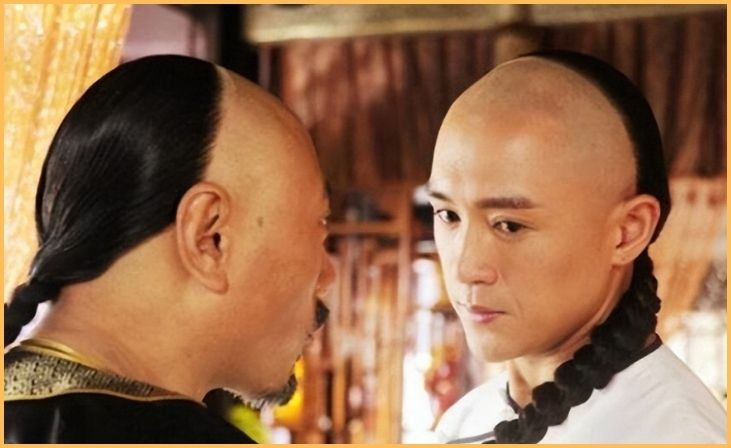
The Qing Dynasty braid was a traditional Chinese hairstyle popular during that era. It was characterized by women wearing their hair in long, sleek braids that extended down their back. This style was prominent among Manchu women and was regarded as a symbol of modesty and adherence to tradition.
The braids were often adorned with decorative ribbons, jewelry, or even intricate hairpins, adding an element of cultural significance and personal expression to the hairstyle. The Qing Dynasty braid remains an iconic representation of historical Chinese fashion and continues to be admired for its elegant simplicity.
Bob Cut
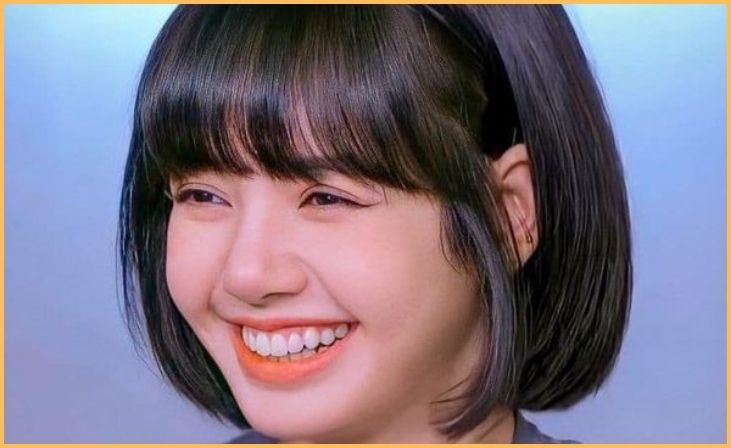
The bob cut is a modern and versatile Chinese hairstyle. It’s typically a short haircut, often with a straight or slightly curled texture, and may include a blunt fringe. This style has gained immense popularity in China for its simplicity and chic appearance.
It’s a low-maintenance choice, making it practical for busy individuals. The bob cut complements various face shapes and can be customized with different lengths and variations, making it a trendy option among both young and mature women. Its timeless charm and adaptability ensure its enduring popularity in the world of Chinese hairstyling.
Long and Straight Hair
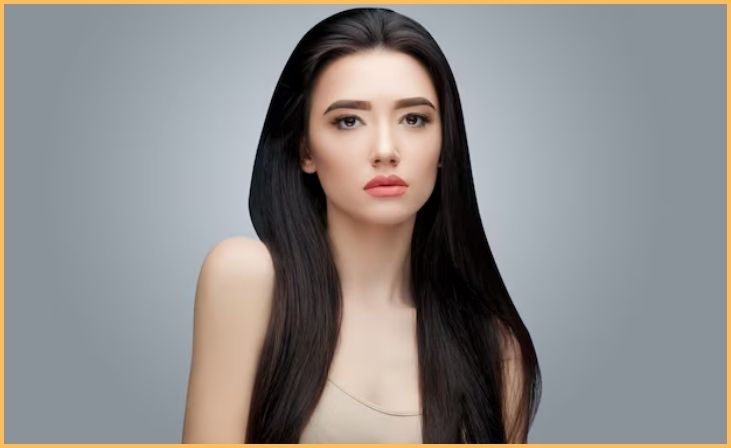
Long and straight hair is an enduring symbol of beauty and femininity in Chinese culture. This classic hairstyle features sleek, glossy locks that extend down the back. Characterized by minimal layers or curls, it exudes a sense of grace and simplicity.
Chinese women often maintain long and straight hair, as it aligns with traditional ideals of elegance. This style is versatile and can be worn in various ways, such as tied in a ponytail or adorned with accessories. While modern trends may come and go, long, straight hair remains a popular and timeless choice for those who appreciate its natural allure and cultural significance.
Also, Read – Best Short Hairstyles for Women
Pixie Cut

The pixie cut is a stylish and modern Chinese hairstyle. It’s a short haircut that exudes confidence and a contemporary flair. This low-maintenance look is characterized by short layers and can be customized in terms of length and texture to suit individual preferences. Chinese women who opt for a pixie cut often appreciate its chic and edgy appearance.
It’s a versatile style that can be tailored to accentuate facial features and express individuality. The pixie cut’s simplicity and boldness make it a favored choice for those seeking a contemporary and fashionable look, while its timelessness ensures its enduring popularity in the world of Chinese hairstyling.
Traditional Hanfu Hairstyles

Traditional Hanfu hairstyles are rooted in ancient Chinese culture. They often feature intricate braids, buns, and hair accessories, reflecting the historical and regional influences. These hairstyles are an integral part of the broader Hanfu clothing tradition, emphasizing cultural and aesthetic connections.
Men and women who wear Hanfu may adopt styles reminiscent of various dynastic periods, with varying levels of complexity and adornments. These hairstyles convey a sense of reverence for tradition and showcase the wearer’s appreciation for classical Chinese culture.
By embracing these traditional Hanfu hairstyles, individuals not only celebrate history but also express their commitment to preserving and reviving ancient customs and artistry.
Perm or Wavy Hairstyles
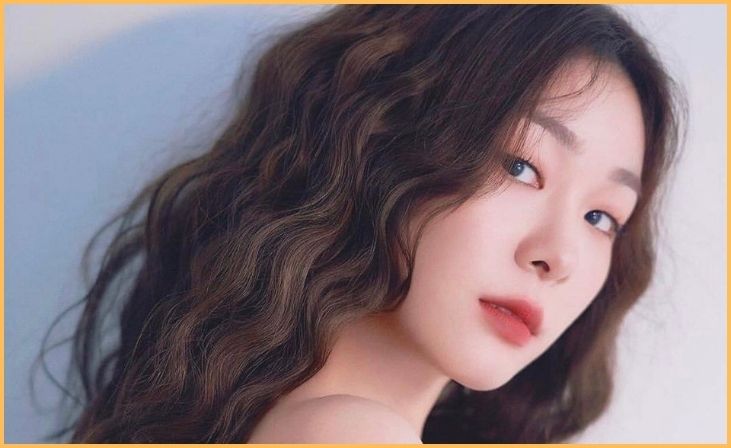
Perm or wavy hairstyles in China have gained popularity as they provide a textured and dynamic look. This style involves adding curls or waves to the hair using perms or styling tools. It offers a more voluminous and playful appearance compared to straight hair.
Chinese individuals who opt for perm or wavy hairstyles often appreciate the versatility this look provides, as it can be adjusted to fit various occasions, from casual to formal. It adds a touch of modernity and can suit different face shapes and personalities.
The adaptability and contemporary appeal of perm or wavy hairstyles make them a sought-after choice in the diverse landscape of Chinese hairstyling.
Updos and Hair Accessories
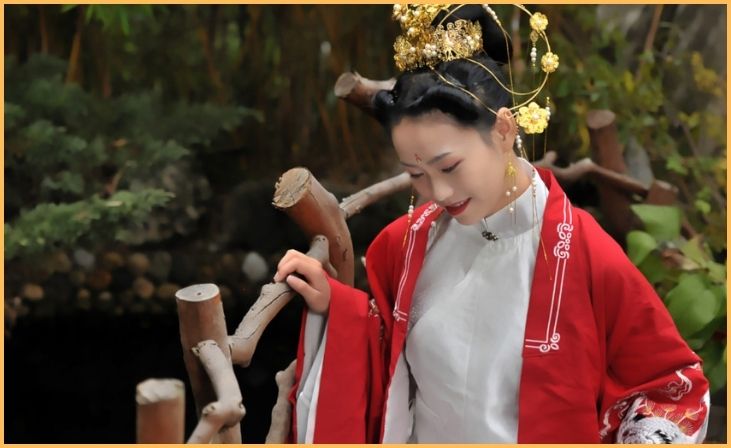
Updos, often adorned with hair accessories, are a popular choice among Chinese women for special occasions or formal events. These hairstyles involve creatively twisting and pinning the hair into an elegant bun or other intricate designs. Hairpins, combs, and other accessories play a crucial role in enhancing the style’s sophistication.
They can include ornate pins, flowers, and decorative hair combs, adding a touch of glamour and cultural significance. Updos provide a timeless and polished appearance, making them suitable for weddings, traditional ceremonies, and celebrations. The combination of updos and hair accessories allows individuals to express their unique style and cultural heritage while achieving an exquisite and refined look.
Also, Read – Stylish Haircuts for Thin Aging Hair
Asian Bangs
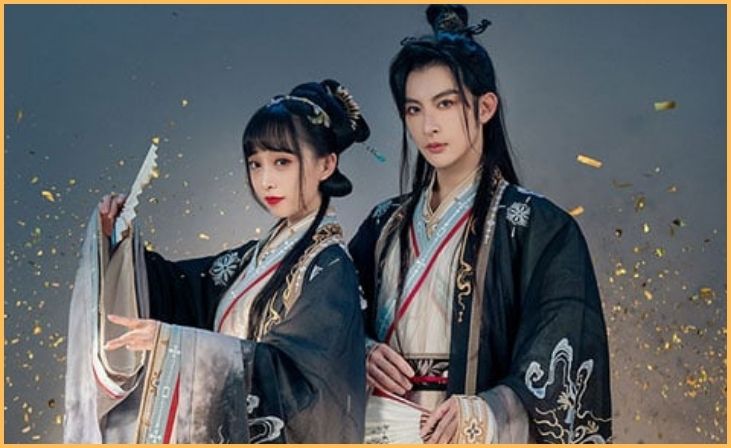
Asian bangs, known for their straight-across cut, frame the forehead and are a distinctive feature of many East Asian hairstyles. These bangs have become popular not only in Asia but also around the world due to their clean, modern, and youthful appearance. Asian bangs are versatile and can complement various hair lengths and styles, from long to short haircuts.
They offer a timeless, chic look and have the ability to highlight facial features while adding a touch of simplicity. Many people appreciate their adaptability and low-maintenance nature, making them a favored choice for those seeking a trendy and fashionable appearance.
Modern Trendy Hairstyles
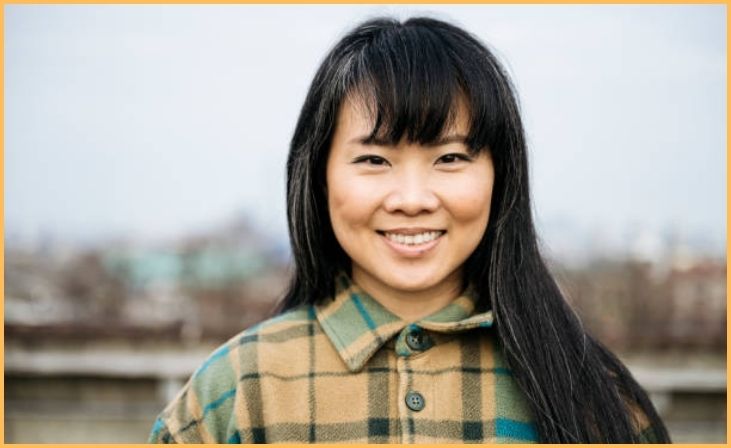
Modern trendy hairstyles in China encompass a diverse range of options. These styles often reflect global fashion influences. Popular choices include ombre hair, where colors gradually transition from dark to light, or pastel hair colors that add a playful and vibrant touch. Asymmetrical and unconventional cuts are favored by those looking to make a bold statement.
Razor-sharp, edgy pixie cuts or long, loose waves with a Bohemian vibe are also in vogue. Sleek and shiny hair, as well as textured, messy looks, provide versatility for various occasions. Modern Chinese fashion embraces a mix of Western and traditional elements, resulting in an ever-evolving landscape of trendy and cutting-edge hairstyles.
Chignon (Bun) Hairstyle
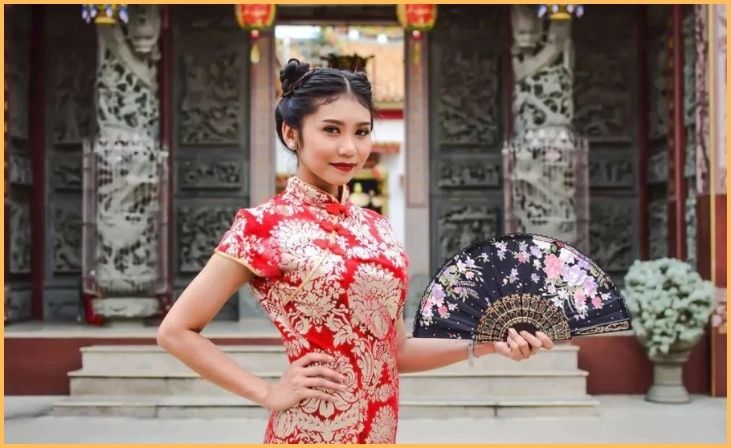
The Chignon, also known as the bun hairstyle, is a timeless and elegant choice in Chinese hairstyling. It features a bun secured at the nape of the neck, often adorned with decorative hairpins, flowers, or other accessories. This classic style exudes sophistication and grace, making it a popular option for various occasions, from weddings to formal events.
The Chignon’s versatility allows it to be customized to fit different preferences and cultural contexts. It encapsulates traditional and modern aesthetics, embodying a sense of refined beauty that has been cherished for generations. Whether worn with intricate adornments or kept simple, the Chignon remains a symbol of timeless elegance in Chinese culture.
Conclusion
In the captivating world of Most Popular Chinese Hairstyles, we have journeyed through time, tradition, and culture. These hairstyles, beyond being mere fashion statements, represent a deep-rooted connection to Chinese history, identity, and social structures.
From the intricate updos of ancient dynasties to the modern bob cuts, these styles continue to inspire and captivate. As you explore the world of Chinese hairstyles, remember that they are not just hair, but living expressions of a vibrant and enduring culture.
Embrace the beauty, significance, and symbolism behind these iconic looks, and let them enrich your understanding of Chinese heritage.
FAQs
Traditional Chinese hairstyles include Ming-style buns, Geisha-inspired topknots, and various braided hairstyles. These have deep historical roots and are still appreciated today.
Yes, Chinese hairstyles can vary by region. Northern and southern China often have distinctive preferences in hairstyles, and ethnic minorities also have their unique traditions.
Chinese hairstyles reflect social status, cultural identity, and are often associated with symbolism and superstitions. They also play a role in major life events and are passed down through generations as part of tradition.

